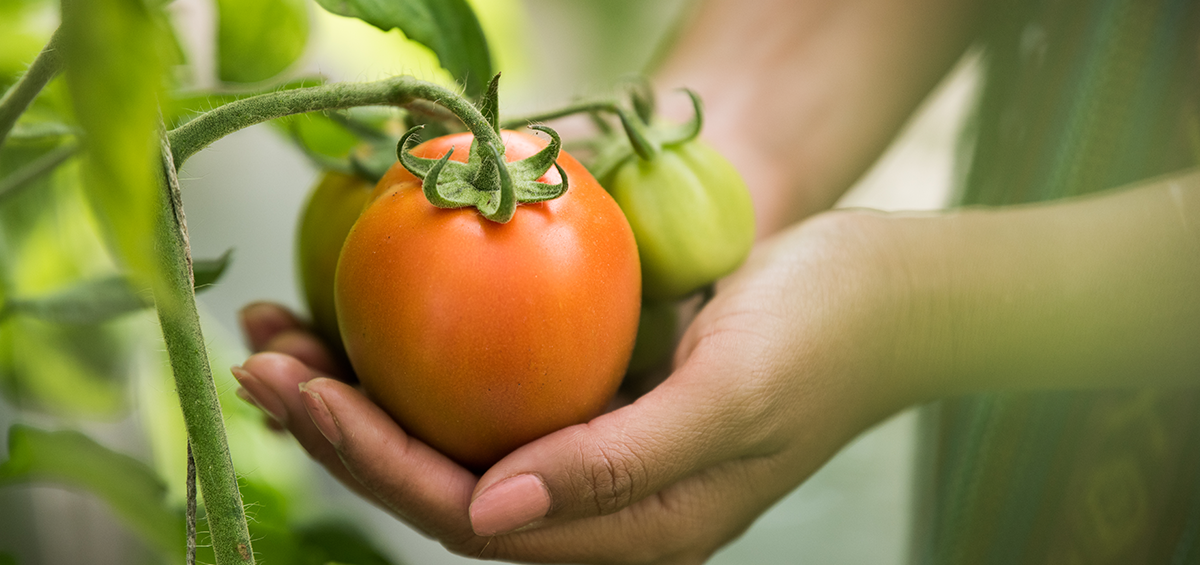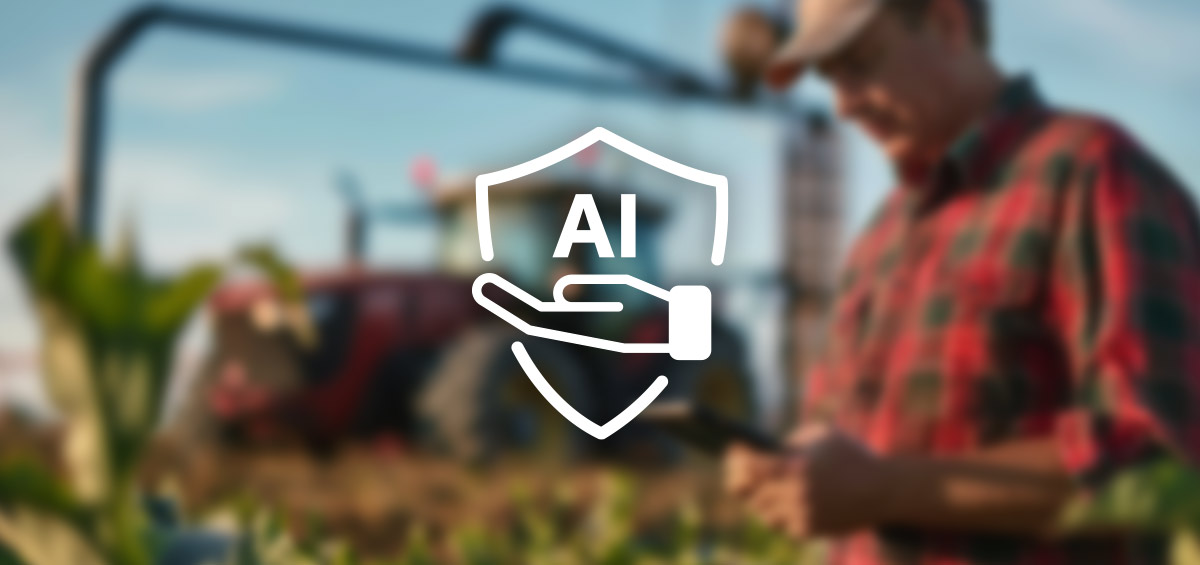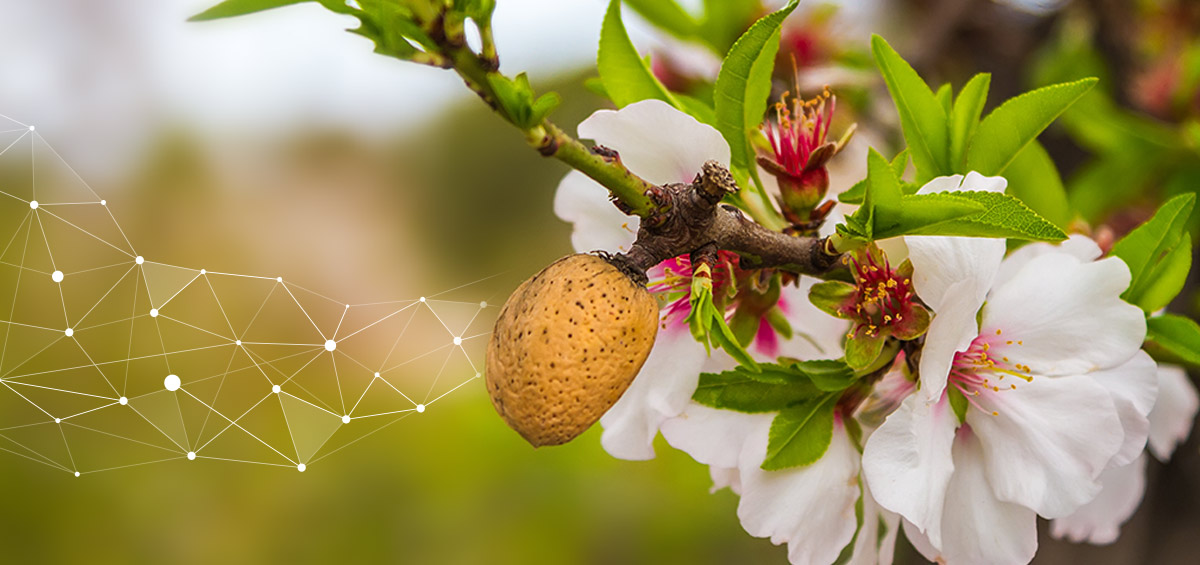Biointensive agriculture is an organic agricultural system that focuses on achieving maximum yields from a minimum area of land, while simultaneously increasing biodiversity and sustaining the fertility of the soil. The goal of the method is long term sustainability on a closed system basis. It is particularly effective for backyard gardeners and smallholder farmers in developing countries and also has been used successfully on small-scale commercial farms.
Most life in nature occurs at the interface of soil, water, air and sun. In biointensive farming system all components must be used together for optimum effect and these components are:
- Double-dug beds, with loosened, aerated soil
- Usage of compost, for the soil health and vigor
- Close plant spacing, to protect soil microorganisms, reduce water loss, maximize yields
- Companion planting, for the optimal use of nutrients, light and water
- Production of calories for the farmer and carbon for the soil
- Usage of open-pollinated seeds, to preserve genetic diversity and enables gardeners to develop their own acclimatized cultivars.
With biointensive farming it’s possible to grow food using 67% – 88% less water, 50% -100% less fertilizer and 99% less energy than commercial agriculture, while using a fraction of the resources.
These techniques can also produce 2 to 6 times more food, build the soil up to 60 times faster than in nature, if properly used and reduce by half or more the amount of land needed.
Why is biointensive farming important?
Globally, the health of farming is being threatened by severe challenges:
- There may be as little as 40 years of farmable soil remaining globally. For every pound of food eaten, 6 to 24 pounds of soil are lost due to water and wind erosion, as the result of agricultural practices.
- 95% of the seed varieties ever grown in agriculture are now virtually extinct. Much of this is due to the growing of relatively few crops, and the frequent use of hybrid seeds for the crops that are grown.
- Global warming may cut agricultural production in half within as little as 20 years.
- With supplies of petroleum and natural gas running out, conventional agriculture—heavily dependent on these resources—will become more expensive, raising food prices accordingly.
- The number of farmers globally keeps decreasing. Many people would like to farm but are unable to afford the land and equipment current wisdom says is necessary for a farm to be economically viable.
In the biointensive farming system, soil fertility is maintained by allotting 60% of what is grown to compost crops. A focus on the production, through these crops, can ensure that both the gardener and the soil will be adequately fed and that the farm will be sustainable. Because this biologically-intensive method requires much less area to produce the same yield of crops, as conventional agriculture. If it were used globally, at least one-half of the world’s acreage could be left in the wild for the preservation of the all important plant and animal diversity.




